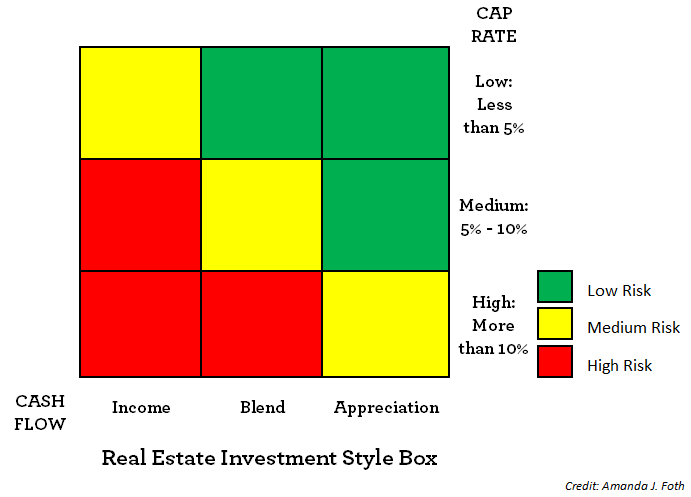In our recent series of articles, we have discussed how to use our real estate investment model to measure risk in a real estate portfolio. Today we want to focus on how to set up a real estate portfolio that can support your retirement. While most people expect to have some sort of 401k or IRA in addition to social security, real estate is also an ideal way to support your retirement. Let’s see how to structure your real estate portfolio so it is ready to support you when you retire.
How Much Money Will You Need to Retire?
The typical advice is that you should aim for 70% to 90% of your annual pre-retirement income. According to the Bureau of Labor Statistics, the 2017 annual median income is $44,460. This means an average American can expect to need between $31,000 and $40,000 per year for retirement. That is pretty reasonable. Consider these reasons:
- It is recommended that you put 15% of your annual income in a retirement account. Once you retire you will no longer need that income.
- It is assumed that monthly living costs will reduce. You will not non-reimbursed job related expenses. Your taxes will be reduced since much of your retirement income should be tax-free.
- A retiree should have their primary home debt free at retirement.
So let’s say that you will need 80% of your pre-retirement income and when you retire you will be earning $60,000 a year. This means you will need $48,000 per year. If your retirement will last 25 years, then that will amount to $1.20 million. Most retirement accounts fall short. Let’s see how real estate can help.
Use Your Real Estate Portfolio to Build Your Retirement Account
The ideal strategy is to have enough rentals so that the net operating income (NOI) can pay all of your living expenses after retirement. Then you can use your social security and retirement account to live it up without any worries about running out of money.
The key to real estate portfolio success is to have all your rentals paid off by the time you retire. The rule of thumb is that 50% of the gross income will be needed to pay for the building’s operating expenses and because there is no debt service on the property, the remaining 50% is yours.
How Much Rental Income Is Needed to Retire?
So, if you expect to need $48,000 a year during retirement. Then your income properties will need to be grossing you $8,000 a month ($48,000 = NOI x 2 = Gross Income / 12 months = $8,000).
Remember, however, that all the properties should be debt-free. If there is a mortgage, then the income will need to be high enough to cover the debt service and refinancing costs. Depending on how close you are to retirement, it may be a good idea to give up the rental income now and use the profits to pay off the mortgage. It will definitely benefit you later.

Another option I would highly recommend, is to restructure your real estate portfolio several years into your retirement. The goal here is to trade up to less management intensive properties that carry less risk.
High cash flow properties with cap rates over 10 percent are high risk. They make great short-term investments, but because of the lack of appreciation, they do not necessary make good long-term investments. Many investors will start out with high risk investments and put all of the income into paying off the debt. They then sell off those when their equity position is high and re-invest in larger and more balanced apartment buildings. If you want a more hands-off investment, then aim to exchange those for commercial buildings with long-term Class A tenants on either a triple-net (NNN) or absolute net lease. The income is reliable and it requires little to no investor participation.
In our next article, we will show you how to place your real estate portfolio into a retirement account in order to reap the tax benefits.












